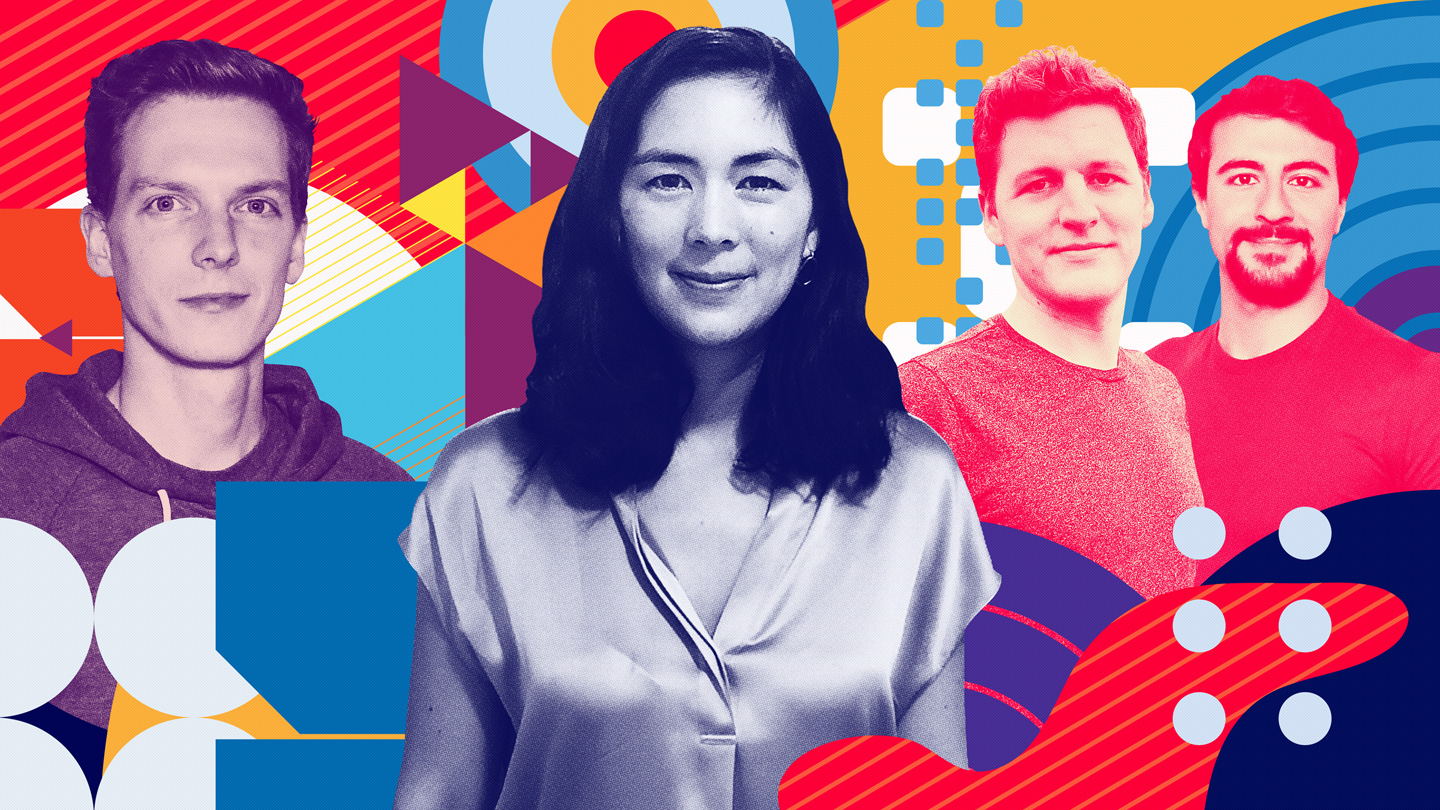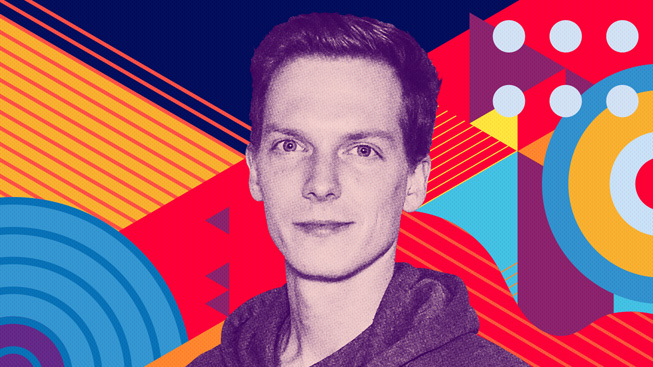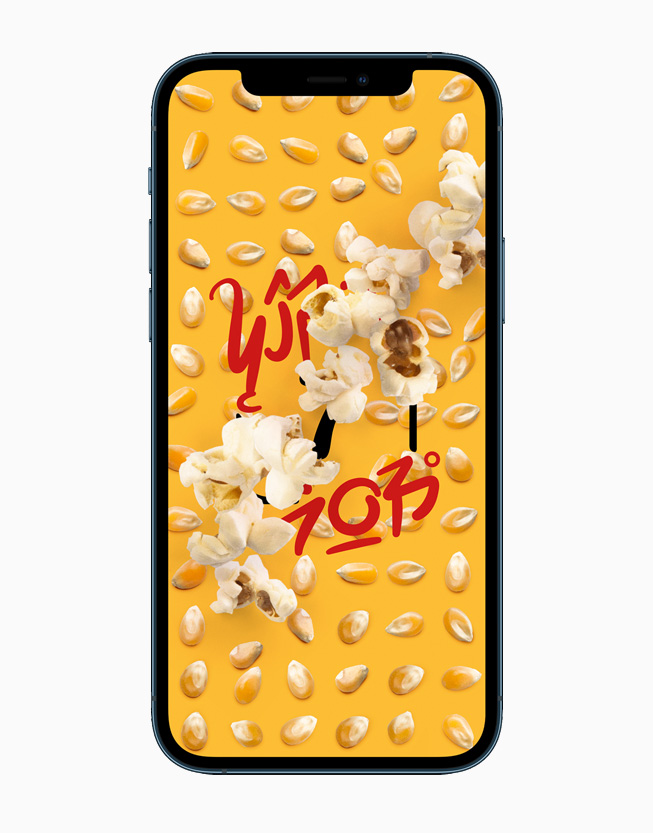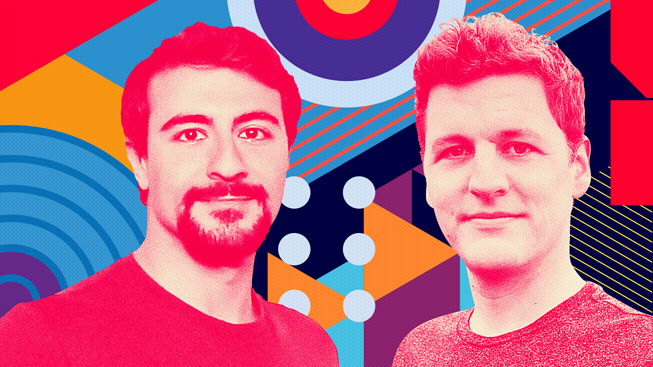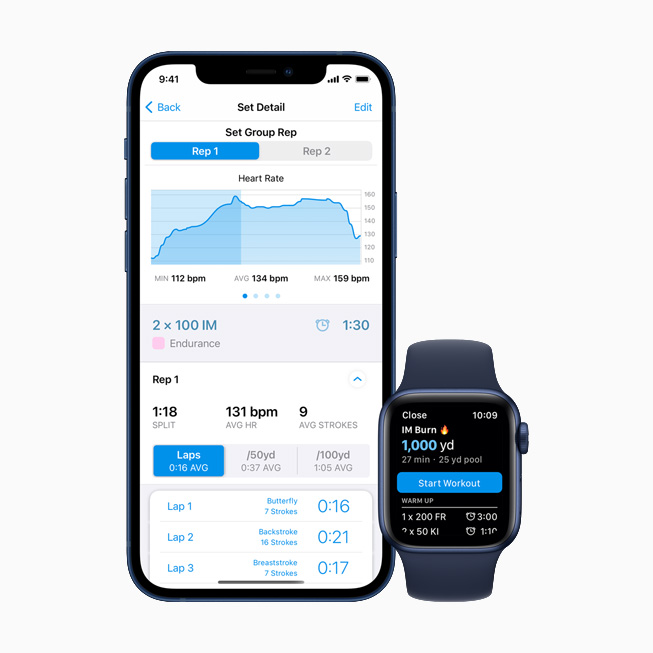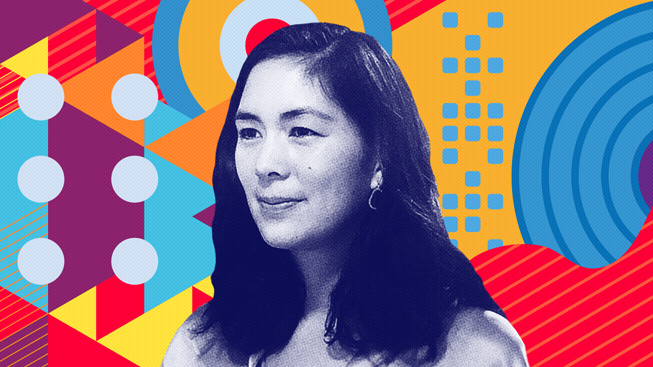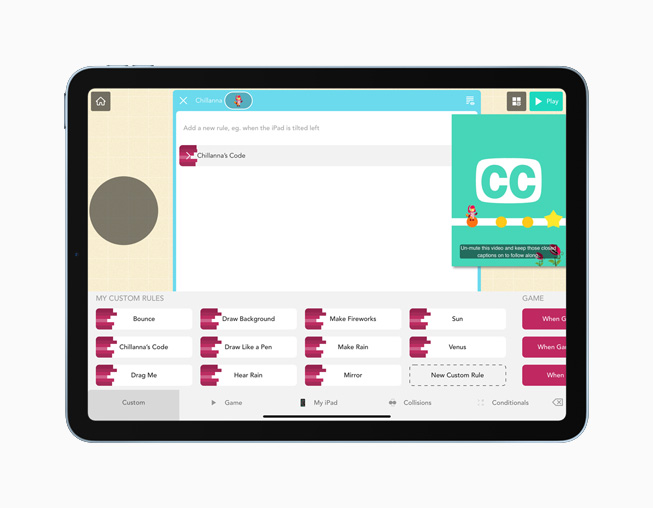Artikkeli
18 marraskuuta 2020
Developers see a world of possibilities with new App Store Small Business Program
Every week, half a billion visitors to the App Store engage with 1.8 million apps, from indie games like “Song of Bloom,” to virtual fitness coaches like MySwimPro, to coding apps for kids like Hopscotch. Many of these apps are created by independent developers driven by a single idea. Oftentimes, these developers maintain full-time careers that ultimately fund their ideas until they are launched into the real world.
Since the launch of the App Store, small businesses have been its driving spirit. Now more than ever, these businesses are core to the communities they serve, helping people stay healthy, connected, and learning. Today Apple unveiled the App Store Small Business Program, a new commission structure to support small and individual developers and spur innovation for the next chapter of apps.
“This is a big opportunity for the indie gaming spirit to become truly mobile,” says Philipp Stollenmayer, a solo developer in the App Store. Stollenmayer, whose latest game, “Song of Bloom,” won an Apple Design Award in June 2020, was drawn to the appeal of iPhone as a new platform for gaming, one in its infancy and in need of its own set of standards. When his first game, “What the Frog,” launched in the App Store in 2013 and won a German Multimedia Prize (mb21), he knew he was onto something.
“I saw a whole world of possibilities and how easy it was to get something out there,” Stollenmayer says. “I had the chance to shape how mobile games work and how they differ from consoles. With mobile games, you use the phone in a much more personal way. I put that inside my games and make that active as gameplay, which is much more valuable than trying to create worlds that might not work so well on a small screen.”
With the new App Store commission structure, small and individual developers who earn up to $1 million in revenue for the calendar year are eligible for a reduced 15 per cent commission rate — half of the App Store’s standard commission. The savings mean small businesses and developers will have even more funds to invest in their businesses, expand their workforce, and develop new, innovative features for app users around the world. Stollenmayer is excited about the new wave of games that may come to the App Store from people who are new to game design. “I’m most interested in games from people that didn’t make games before because they’re super fascinating,” he says. “You can publish something on the iPhone much, much easier than on any console without any obstacles. This is a super awesome opportunity for the indie studios that don’t want to take any risks.”
Beyond the world of gaming, the team behind MySwimPro is also excited about the possibilities to grow their company and expand the app’s offerings with less risk, thanks to the additional revenue that will result from the new App Store program. Co-founders Fares Ksebati and Adam Oxner, both born and raised in Michigan and both swimmers through college competing at the 100-meter breaststroke (though not against each other), met over their shared interest to build a platform that could replicate the elements of coaching swimming whether for fitness or performance goals.
“Adam and I, as well as everyone on our team — we all swim in some capacity,” says Ksebati, who is also MySwimPro’s CEO. “We try and build a community around people who use the app, because swimming is one of those things that you can do at any age, anywhere in the world. And so we are users of our own product in a lot of ways.”
When COVID-19 struck and pools started to close around the world, Ksebati and Oxner decided to expand their virtual swim coach app to include dryland workouts for its 50,000 active users who are swimmers of varying levels.
“We’ve always had requests for dryland workouts, so when COVID-19 hit, it was an obvious choice for us,” says Oxner, who is also MySwimPro’s chief technology officer. “So we built out an identical platform to our swimming for our dryland workouts.”
“We chose to add dryland training to our coaching experience to continue delivering value to our members,” says Ksebati. “We continue to focus on delivering a holistic coaching experience to our community members whether they have access to a pool or not.”
After spending five years building an app that started as a side project, Ksebati and Oxner have grown MySwimPro into a successful business with 12 team members around the world, and they are excited for its next chapter. “The new App Store program will be a huge help to our revenue from purchases in the App Store, and we’re hoping to be able to leverage any more proceeds we get to help make the app better,” says Oxner. “We’re looking forward to further improving the integration of our dryland workouts into the app to help swimmers who might not be able to get to a pool right now.”
Samantha John, co-founder of Hopscotch, which was the first coding language designed for iPad, sees the new App Store program as an opportunity to allow kids to do more with Hopscotch for free. “It actually allows us to take some risk that we wanted to take but we were pretty afraid to,” John says. “Specifically around our subscription, … I think it is a good strategy in terms of making money, but it also limits the audience of the app. And we’ve been wanting to walk back that paywall and let people do more for free in the hopes that farther down the line we will have even more loyal subscribers to Hopscotch.”
Started as a way to introduce programming to kids who wouldn’t otherwise be exposed to it, Hopscotch is the brainchild of John and co-founder Jocelyn Leavitt, who attended Apple Entrepreneur Camp’s inaugural class of female entrepreneurs in 2019.
“A key driving principle of Hopscotch is that we really want to respect kids as makers and creators and artists,” John says. “That’s really how we see these kids, and also as coders, so it’s very key to how we think about Hopscotch: How can we make sure that kids are able to make work that is meaningful and important to them?”
John was intrigued by the possibilities of making programming more kid-friendly after the launch of the second-generation iPad. “There’s something about an iPad and a touchscreen and something you can hold in your hands that feels so much more personal and just so much more interesting.”
Since its 2013 launch, Hopscotch now has 200,000 monthly active users. John considers Hopscotch’s loyal users as its best content creators after seeing how kids are creating and sharing their own games and creation tools in the app. Once the App Store Small Business Program goes into effect in January 2021, John looks forward to bringing more features into the app for free.
“Hopscotch is not just a game and it’s not just an app,” says John. “It’s a skill, a creative process, just in the way some kids play violin. And as kids get older, they get better at conceiving games, better at making things fun, so Hopscotch really is a long-term investment. Having this little bit of extra revenue really lets us invest in things that we believe are going to be really essential for the future of our company.”
Jaa artikkeli
Images of Indie Developers on the New App Store Small Business Program
